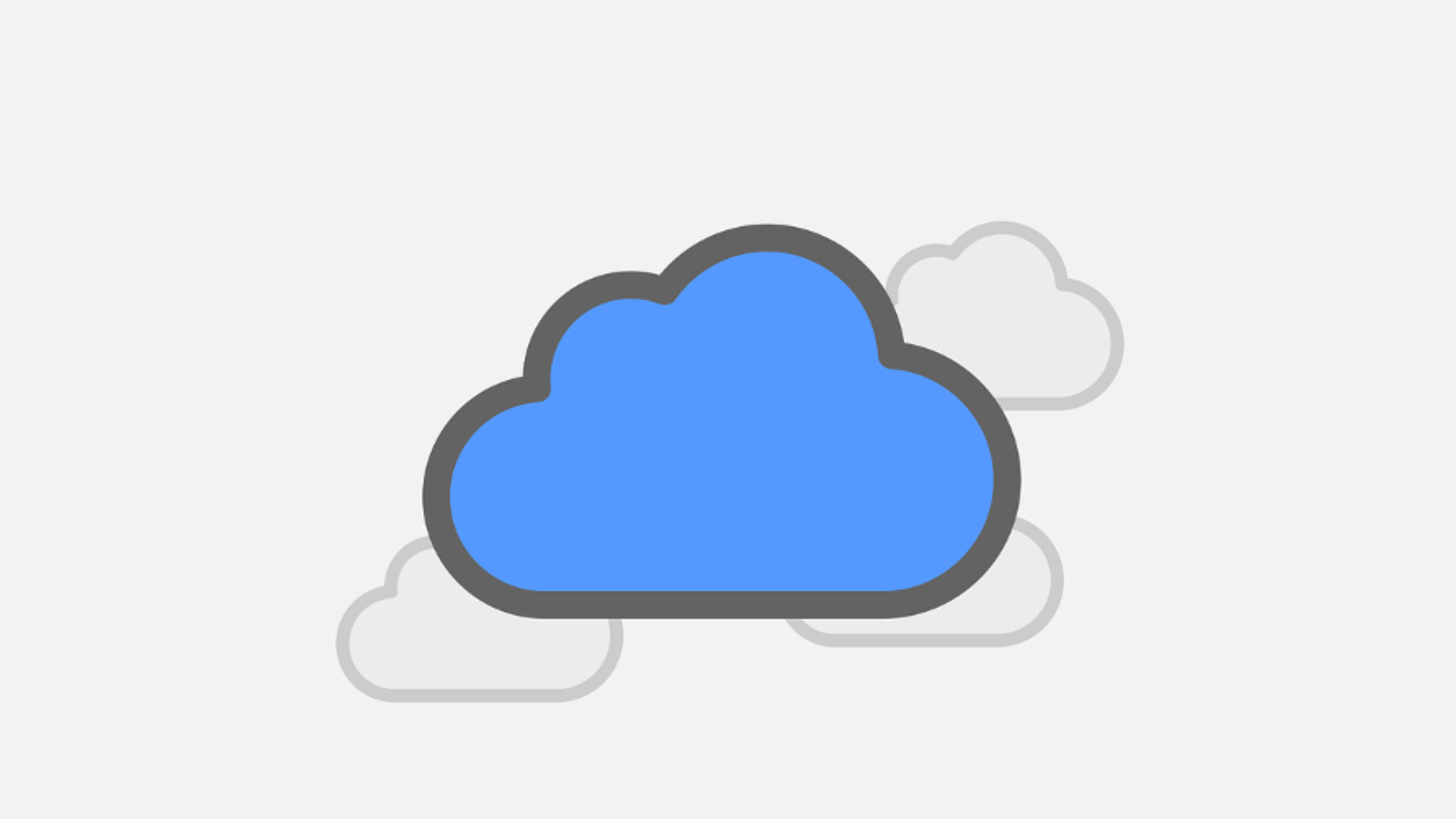Why Your Competitors are Switching to the Cloud: What They Know That You Don’t
The gap between leaders and laggards is often razor-thin. Consider the story of Kodak, once a titan in the photography industry. Kodak actually...
4 min read
 Ashley Wheeler
:
Jan 14, 2025 10:00:00 AM
Ashley Wheeler
:
Jan 14, 2025 10:00:00 AM
When it comes to technology, businesses today have a big decision to make: should they go with cloud computing or stick with on-premise solutions? Both have their pros and cons, and your choice can affect everything from cost and flexibility to security and performance. If you're a business leader looking to understand the key differences, this post will walk you through the basics of each approach, helping you figure out which one works best for your company.
Cloud computing means using the internet to access services like storage, servers, software, and databases, instead of hosting them on your own servers. In simple terms, everything you need is available online, and you pay only for what you use.
Fun Fact: Cloud computing really started to take off in the early 2000s with the launch of Amazon Web Services (AWS). Their Elastic Compute Cloud (EC2) gave businesses a new way to scale their operations without worrying about physical infrastructure—paving the way for a cloud-first approach that many companies use today.
On-premise computing refers to having IT infrastructure (like servers and storage) set up within your company’s own physical location. This means you own and manage all the hardware and software yourself.
Fun Fact: Before cloud computing, most businesses relied on on-premise systems. Companies like IBM and Hewlett-Packard were leaders in providing these big, expensive systems that required constant upkeep and heavy investment—but they worked well for companies that needed total control over their data and systems.
Upfront Costs
Ongoing Costs
Total Cost of Ownership (TCO)
Cloud Scalability
On-Premise Scalability
Cloud Security
On-Premise Security
Cloud Performance
On-Premise Performance
Cloud Management
On-Premise Management
Assess Your Needs: Look at your company’s specific needs—whether it’s flexibility, cost, scalability, or security—and decide which solution aligns best with your goals.
Cost Considerations: Compare the costs of both options, including initial investments, ongoing maintenance, and any hidden costs.
Scalability Needs: Think about your future growth. If you anticipate fluctuating demand, cloud might be a better option for flexibility.
Security and Compliance: If you have strict security requirements, both solutions can work, but on-premise may offer more customization, while the cloud offers built-in compliance features.
Management Resources: If your IT team is small or stretched thin, the cloud might be the better choice since much of the management is handled for you.
Hybrid Solutions: Many businesses are combining cloud and on-premise solutions to get the best of both worlds. Hybrid models allow you to keep sensitive data on-premise while taking advantage of the cloud for flexibility.
Emerging Technologies: Keep an eye on new technologies like AI and edge computing, which may influence your decision as they evolve.
Choosing between cloud and on-premise solutions is a big decision, but it doesn’t have to be overwhelming. By considering your business’s needs, costs, scalability, security, and long-term goals, you can make an informed choice that helps your company thrive. Whether you go for the cloud’s flexibility or the control of on-premise, the right solution will help set your business up for success.

The gap between leaders and laggards is often razor-thin. Consider the story of Kodak, once a titan in the photography industry. Kodak actually...

Manufacturers are rapidly moving data, operations, and systems into the cloud. ERP systems, supplier portals, and production tracking tools now live...
What does moving your data to the Cloud look like? Some imagine it looks like this...